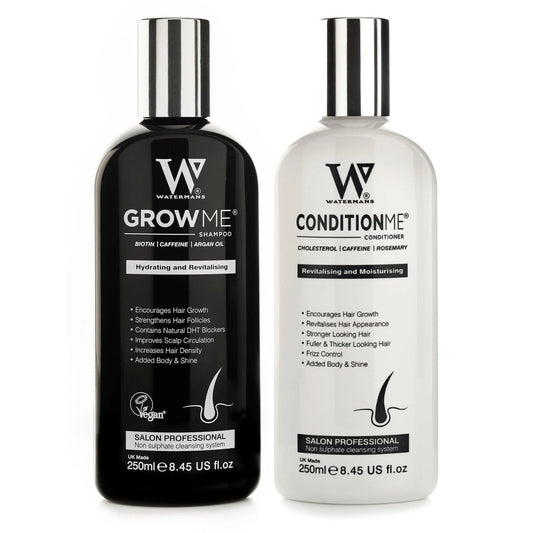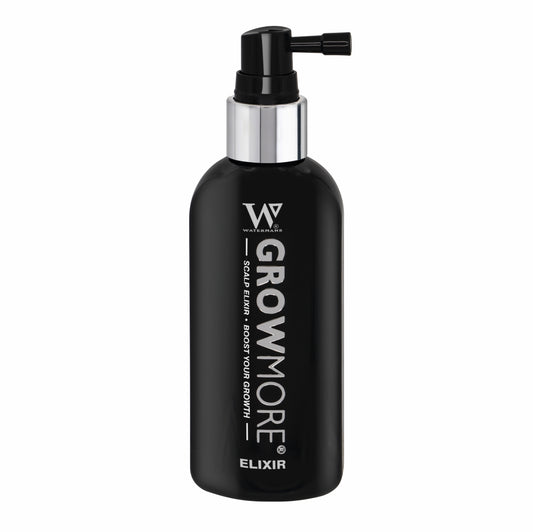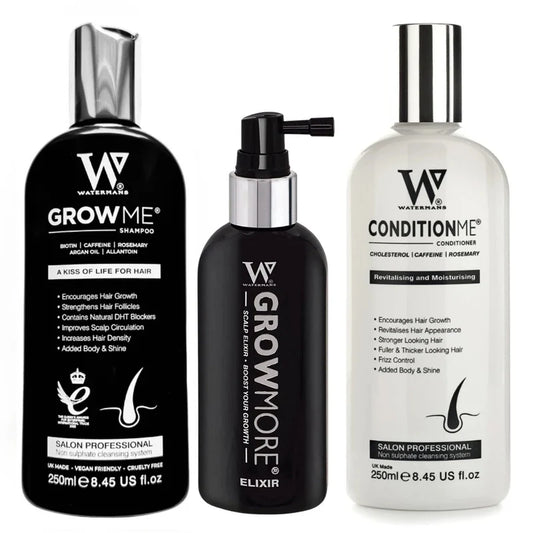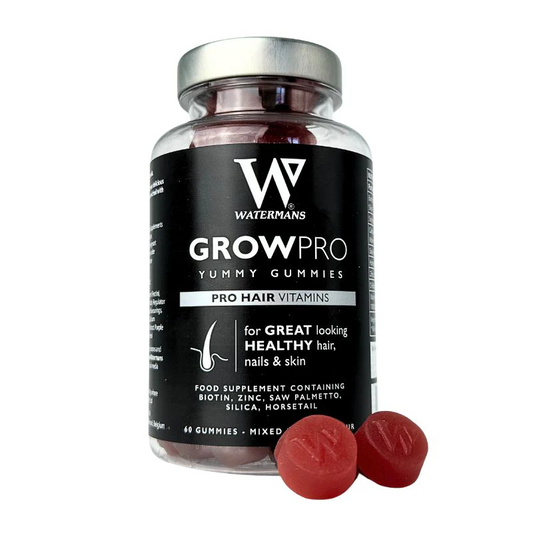Unlocking the Secrets of Androgenetic Alopecia: Causes, Treatments, and Hope for Thinning Hair
Share

What is Androgenetic Alopecia?
Androgenetic alopecia, often referred to as male-pattern baldness or female-pattern hair loss, is a common type of hair loss that affects millions of people worldwide. While it is most commonly associated with older age, it can indeed start in your late teens or early adulthood. Understanding this condition is crucial for those seeking effective solutions to combat hair thinning.
The Science Behind Hair Loss
At the core of androgenetic alopecia is a genetic predisposition that impacts hair follicles. Factors such as hormones, particularly androgens (male hormones present in both men and women), play a key role in this condition. These hormones can cause hair follicles to shrink, leading to shorter, thinner hair. Eventually, the follicles may stop producing hair altogether.
How Does Hair Growth Work?
Hair grows in cycles consisting of three main phases:
- Anagen Phase: This is the growth phase where hair grows actively for 2-7 years.
- Catagen Phase: This is a transitional phase lasting about 2-3 weeks where hair growth slows down.
- Telogen Phase: This is the resting phase lasting about 2-4 months, after which the hair falls out and the cycle starts again.
In androgenetic alopecia, the anagen phase shortens while the telogen phase lengthens, resulting in less hair growth over time.
Causes of Androgenetic Alopecia
Several factors can lead to the development of androgenetic alopecia:
Genetic Predisposition
If your family has a history of hair loss, you may be more likely to experience androgenetic alopecia yourself. Scientists suggest that this genetic trait can be inherited from either side of the family, making it important to consider both maternal and paternal lineage.
Hormonal Factors
Androgens, specifically dihydrotestosterone (DHT), have a significant influence on hair loss. DHT is a derivative of testosterone and is believed to bind to hair follicles, causing them to shrink and produce finer hair strands.
Aging
As we age, our hair naturally thins, and the rate of hair growth can slow down. This can magnify existing genetic predispositions to hair loss.
Environmental Influences
Certain environmental factors like stress, diet, and pollution can also contribute to hair loss. A poor diet lacking in essential nutrients can impair hair growth and health.
The Impact of Androgenetic Alopecia
For many individuals, losing hair can impact self-esteem and confidence, potentially leading to social anxiety and emotional distress. It’s vital to understand that you are not alone, and many effective treatments are available today.
Exploring Treatment Options
While androgenetic alopecia has no permanent cure, numerous treatments can help manage and slow down hair loss. Here are some solutions that have worked for many people:
Topical Treatments
-
Minoxidil (Rogaine): This topical treatment is applied directly to the scalp and has been shown to stimulate hair growth and slow down hair loss. It’s suitable for both men and women but may take several months to show results.
-
Watermans Grow Me Shampoo: Packed with natural ingredients like Biotin, Rosemary, and Caffeine, the Watermans Grow Me Shampoo revitalizes the scalp and helps volumize hair from the roots. It’s a great option for those seeking a natural, non-medical solution to hair loss and hair growth. Learn more about it here.
Oral Medications
- Finasteride (Propecia): This prescription medication is taken orally and is primarily used for men. It blocks the conversion of testosterone to DHT, thereby reducing hair loss.
Hair Transplants
For more extreme cases, hair transplant surgery may be an option. This involves moving hair follicles from areas of the scalp with thick hair to areas that are thinning or bald.
Low-Level Laser Therapy (LLLT)
This non-invasive treatment uses lasers to stimulate hair follicles and increase blood circulation to the scalp. Many users report positive results after several sessions.
Tips for Managing Androgenetic Alopecia
- Maintain a Healthy Diet: Eating a balanced diet rich in vitamins, minerals, and proteins can support hair health.
- Reduce Stress: Engaging in stress-reducing activities like yoga, meditation, or regular exercise may help manage hair loss.
- Gentle Hair Care: Avoid harsh hair products and limit the use of heat styling tools to prevent further damage.
Did You Know?
-
Did you know that androgenetic alopecia affects both men and women, but the pattern of hair loss typically differs? Men often experience a receding hairline and balding at the crown, while women usually have overall thinning across the scalp.
-
Did you know that excessive stress can trigger temporary hair loss, known as telogen effluvium? This is different from androgenetic alopecia, but understanding stress impact is crucial.
-
Did you know that research shows that hair loss can begin as early as the late teens? Hence, it's important for young adults to be aware and proactive.
Frequently Asked Questions (Q&A)
What are the early signs of androgenetic alopecia?
Early signs often include a widening part, a receding hairline, or thinning at the crown of the head.
Is androgenetic alopecia reversible?
Currently, androgenetic alopecia is not reversible, but various treatments can slow down the process and promote hair growth.
Can women experience androgenetic alopecia?
Yes, women can experience this condition; however, it typically manifests as diffuse thinning rather than baldness.
How does diet affect hair loss?
Diet plays a crucial role in hair health. Poor nutrition can lead to deficiencies that may contribute to hair loss.
Are there any side effects of treatments?
Like any treatment, there may be side effects. It's always best to consult a healthcare professional before starting any new medication or treatment.
How long does it take to see results from treatments?
Most topical treatments may take a few months to exhibit noticeable changes, while oral medications take time as well.
By understanding the complexities of androgenetic alopecia, we can navigate through our options and make informed decisions for our hair health. Start your journey towards healthier hair today with solutions that work! Don’t forget to consider the benefits of using Watermans Grow Me Shampoo as an all-natural approach to combat hair loss effectively.



